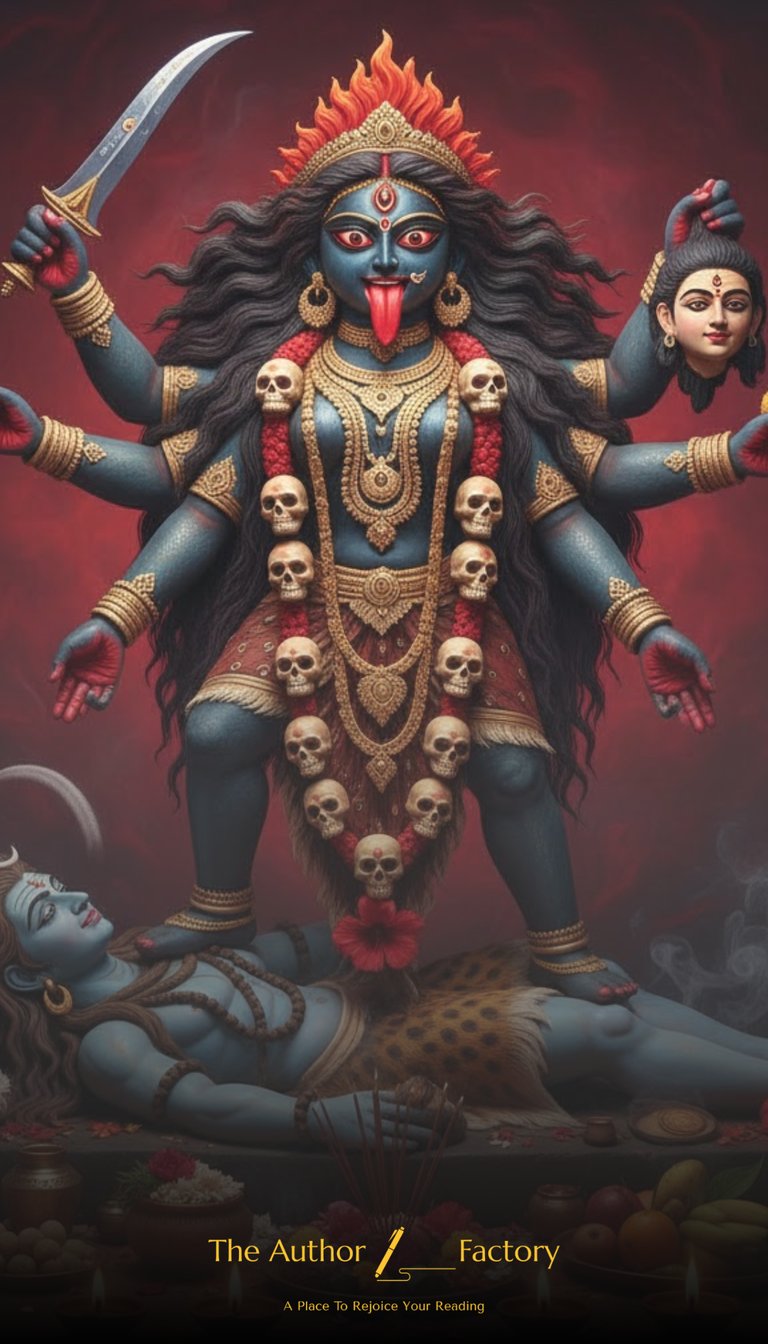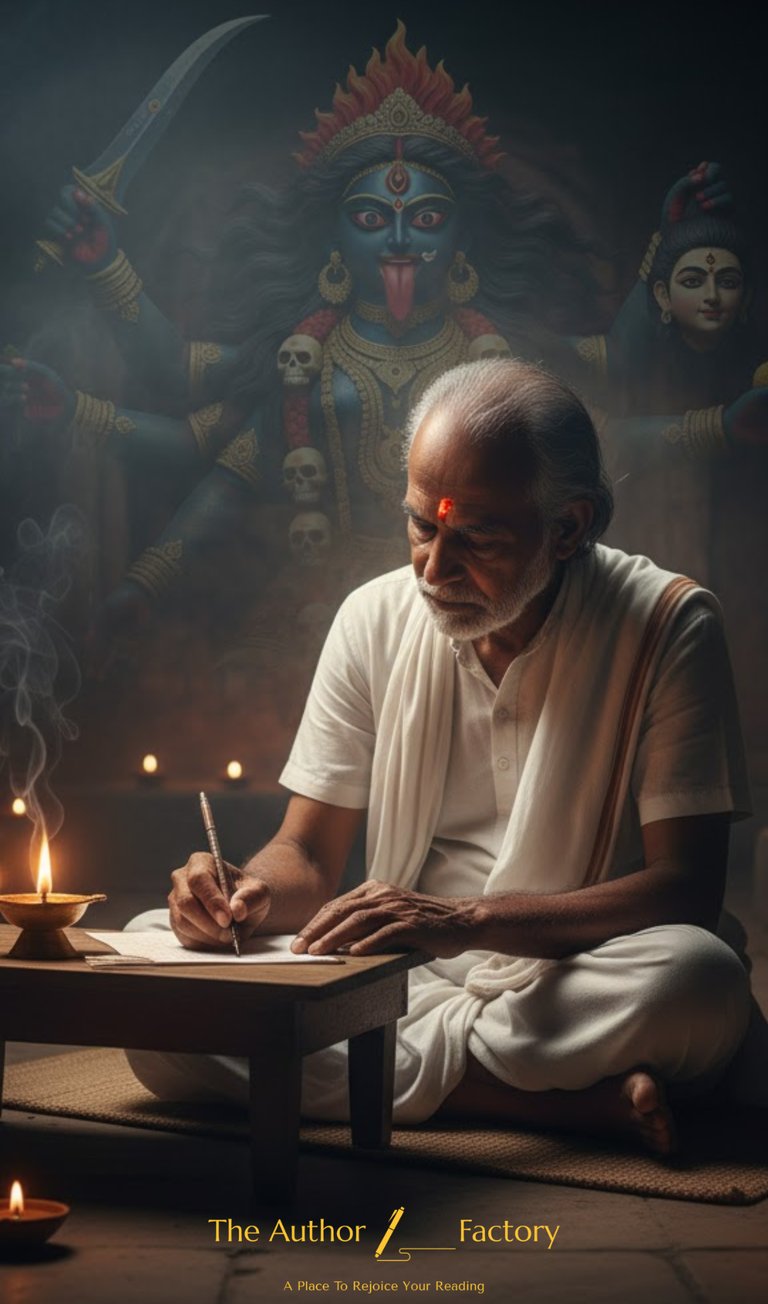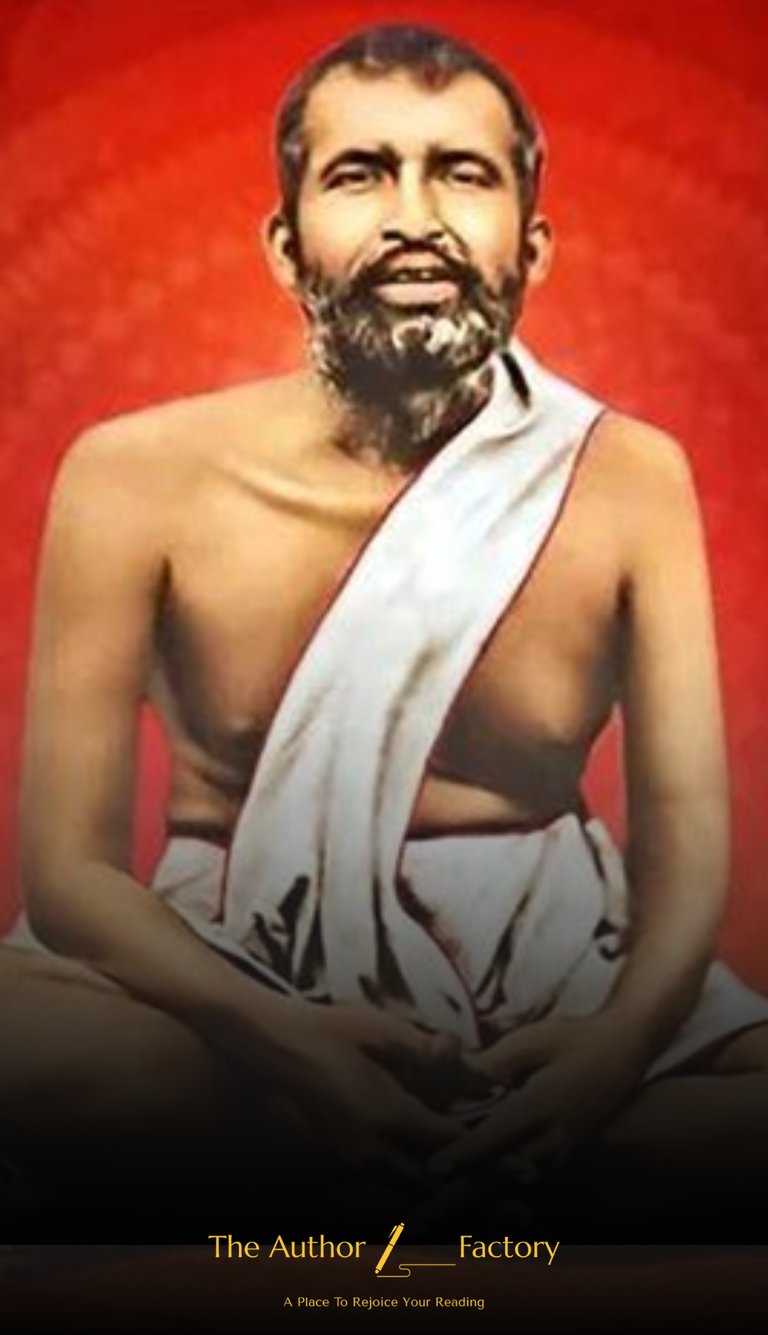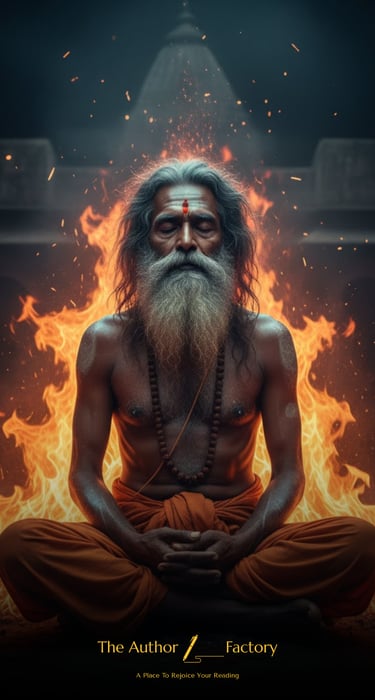The Night of the Mother: Kali Puja in Bengal’s Heart
Discover the history of Kali Puja in Bengal — from Ramprasad Sen’s songs to Ramakrishna’s devotion. Explore how Bengal found light in Kali’s darkness.
STORY WRITING
The Night of the Mother: How Bengal Found Light in Kali’s Darkness
When the rest of India celebrates Diwali as the festival of Lakshmi, Bengal turns its devotion toward Maa Kali — the fierce yet compassionate Mother of the Universe.
This contrast defines Bengal’s spiritual identity: where others seek wealth and prosperity, Bengalis seek liberation through the goddess who destroys illusion itself.
Welcome to the story of Kali Puja in Bengal — a tale of darkness, devotion, and divine transformation.
Origins of Kali Puja in Bengal
The history of Kali Puja in Bengal dates back several centuries. While Diwali in most parts of India honors Goddess Lakshmi, Bengal’s version of the festival celebrates Maa Kali, the embodiment of Shakti — the primal feminine energy.
Kali’s worship in Bengal is deeply rooted in Tantric traditions, where the goddess represents time, death, and rebirth. Early references appear in ancient texts like the Kalika Purana and Tantrasara, which describe her as the destroyer of evil and the liberator of souls.
However, what began as esoteric ritual practice slowly evolved into a profound emotional connection — a transformation led by Bengal’s mystic poets and saints.
The Transformation by Saints and Poets
Ramprasad Sen — The Poet Who Humanized the Goddess
\In the 18th century, Ramprasad Sen, a humble accountant from Bengal, changed how the world saw Kali. Through his devotional songs — known as Ramprasadi Padabali — he transformed Kali from a terrifying deity into a loving, accessible mother figure.
He sang to her not with fear, but affection:
“Ami tomaay je bhalobashi, Ma” — Mother, I love you.
His verses turned pain into poetry and faith into song. Ramprasad’s Kali was not a distant goddess, but a compassionate mother who shared her devotee’s joys and sorrows. This emotional bond between Bengalis and Kali still defines the Kali Puja celebrations we see today.
Ramakrishna Paramhansa — The Mystic Who Saw the Mother in All
A century later, Ramakrishna Paramhansa deepened Bengal’s devotion to Kali through his extraordinary spiritual experiences at the Dakshineswar Kali Temple near Kolkata.
For Ramakrishna, Kali was not a symbol — she was reality itself. In her, he saw the union of creation and destruction, the cosmic rhythm that sustains existence. He taught that worshiping Kali with love leads to the realization of the Divine Mother — a presence beyond fear, gender, or form.
His devotion attracted seekers from across India, inspiring figures like Swami Vivekananda and embedding Kali worship in Bengal’s modern spiritual consciousness.
Bamakhyapa — The Mad Saint of Tarapith
Further west, in Tarapith, the eccentric saint Bamakhyapa (Baamdeb) expressed his devotion in his own unconventional way.
Known as the mad devotee of Tara Maa (a form of Kali), Bamakhyapa spent his life between cremation grounds and temples, seeking union with the Mother through sheer surrender.
His life reflected the Tantric essence of Kali Puja — that divinity can be found in the ashes, the chaos, and the heart’s deepest emotions.
From Tantric Rituals to Community Celebration
By the 18th and 19th centuries, Kali Puja had moved from secluded Tantric circles into public spaces. The Barowari (community) Kali Pujas began appearing across Bengal, especially in Kolkata’s old neighborhoods.
During the Bengal Renaissance, as the state awakened to literature, art, and reform, Kali became a symbol of resistance, motherland, and power. The fierce goddess who once terrified became Bengal’s ultimate protector.
Today, Kali Puja in Kolkata is celebrated with grandeur — intricately crafted idols, glowing pandals, and entire neighborhoods bathed in lamplight.
The air fills with chants of “Jai Maa Kali!”, the sound of conch shells, and the scent of incense drifting through the night.
Symbolism: Light Emerging from Darkness
Maa Kali’s image carries deep spiritual meaning. Her dark complexion represents the infinite universe, her garland of skulls symbolizes creation through sound, and her tongue — the red flame of awakening — embodies both power and compassion.
Her dance upon Lord Shiva’s still body reflects the eternal balance between Shakti (energy) and Shiva (consciousness).
For Bengalis, this symbolizes that every chaos, every ending, carries within it the seed of light.
Thus, when the rest of India celebrates Diwali’s brightness, Bengal celebrates the night of awakening — where light doesn’t chase away darkness but is born from it.
Modern-Day Kali Puja in Bengal
Today, Kali Puja in West Bengal is both deeply spiritual and culturally vibrant. From Dakshineswar and Kalighat to Tarapith and Krishnanagar, temples come alive with millions of devotees offering red hibiscus, sweets, and prayers.
Clay artisans of Kumartuli sculpt stunning idols of the Mother — fierce yet tender — standing on Shiva, surrounded by diyas. In homes, families perform Lakshmi and Kali Puja side by side, symbolizing the unity of wealth and wisdom, prosperity and protection.
The festival ends with fireworks lighting the night sky, reflecting Bengal’s unique philosophy:
“Even in the darkest night, the Mother’s light shines within.”
The Night of the Mother — A Living Tradition
The story of Kali Puja is not just mythology; it is Bengal’s soul in motion — a reminder that divinity lives in every shadow, every struggle, and every surrender.
When you see the flicker of a diya this Diwali, remember — somewhere in Bengal, thousands whisper,
“Ma, protect us, enlighten us, embrace us.”
Because in Bengal, Diwali is not just the night of lamps — it’s the Night of the Mother.
Stay Connected
✨ The Author Factory’s Kali Pujo Series is unfolding soon — featuring more stories on Bengal’s divine night, from Ramprasad Sen’s songs to the mysticism of Tarapith.
🎥 We’ve already released our first Instagram reel on Kali Puja — explore it on our page for a visual journey into Bengal’s spiritual night.
👉 Follow @TheAuthorFactory on Instagram, Facebook, and Lnkedin to stay updated with upcoming cultural stories, reels, and features celebrating Bengal’s living traditions.








